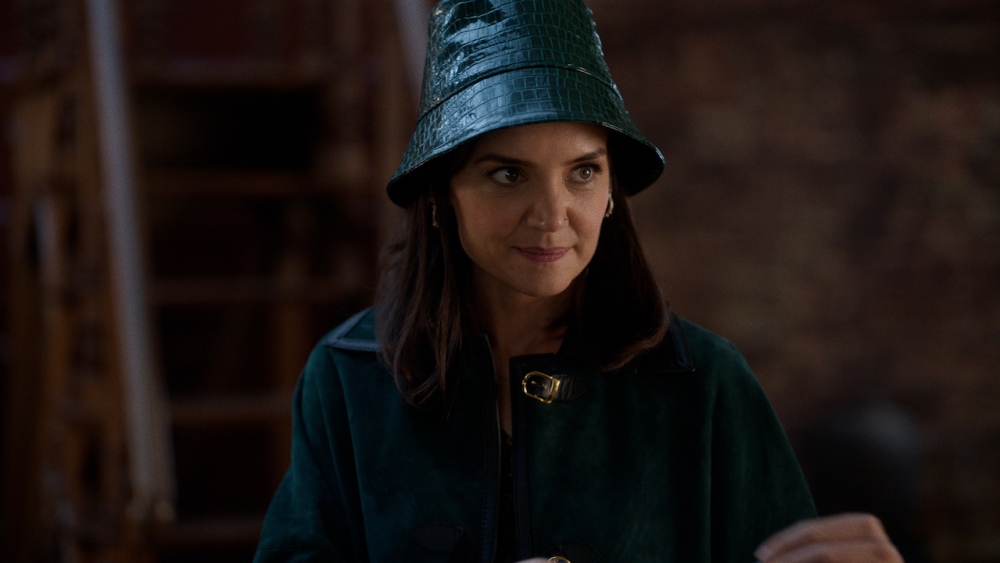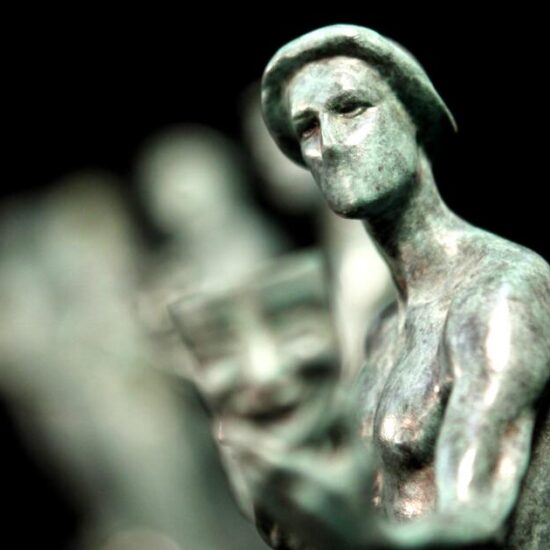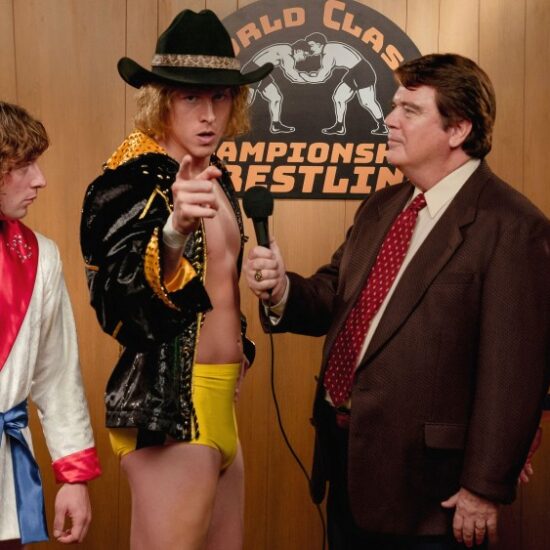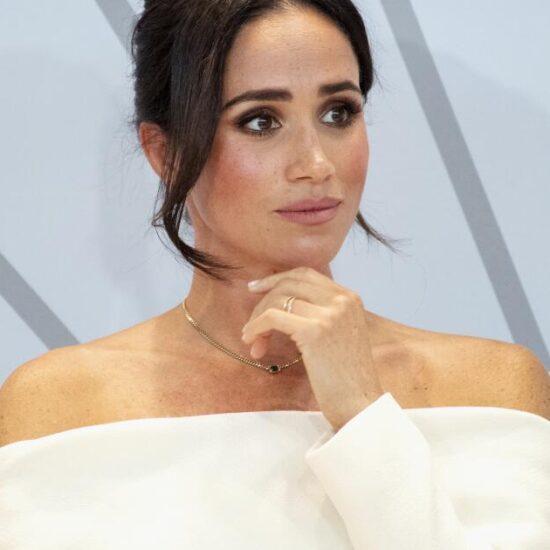
Benita (Julia Mayorga), the young woman at the center of “Rare Objects,” the third feature directed by Katie Holmes, has been through a transformative trauma. In the film’s opening moments, she’s discharged from a mental ward, where she’s been dealing with PTSD; a series of charged flashbacks show us what happened to her. In Manhattan, where she was a university student majoring in economics, she was approached at a bar by a seemingly nice guy, who had a drink with her, and when she went to the restroom he attacked her, shoving her inside and sexually assaulting her.
She emerges from this crime a shell of her former self, and Holmes shoots the rape so that we experience how the shock and horror of it could undermine someone’s identity. Benita, out of the hospital, shows up at the home of her doting but quietly stern mother (Saundra Santiago) in Astoria, telling her that she’s taking a break from school; she says nothing at all about what happened to her. She’ll continue to say nothing — to anyone. As she steps back out into the world, hunting for a job, Julia Mayorga acts with a tentative fretful wariness that speaks to the trauma Benita won’t say out loud, and we assume that the movie is going to be about how she confronts this crisis.
It is, but not in the way you expect. We register the pain under the surface, but mostly we see that beneath Benita’s trying-to-be-confident-enough-to-get-by demeanor, she won’t commit to anything — to what she wants to do, to this friend, to that attraction. The movie doesn’t commit either. Based on Kathleen Tessaro’s novel, it’s comprised of bits and pieces that sometimes work and sometimes don’t, and that’s because it’s been conceived as a series of actors’ moments that hold you when they’re vibrant enough (and there are some awfully good actors on display) but that could have used a lot more cohesion.
Benita, despite her lack of experience, winds up landing a position with a ritzy antiques dealer. Peter (Alan Cumming), the ebullient dandy who co-owns the place, has persnickety standards about everything, but he’s a very sweet man, and he responds to how Benita, having done her homework, responds to the rare objects he has for sale. As someone who will interface with the shop’s high-end clients, she’ll need to be a host, an art and design history buff, a spokesmodel, and a hard-nosed saleswoman who knows how to close a deal. As appealing a setting as this is for a movie, I couldn’t help but feel that the premise doesn’t quite parse. If Benita is depressed, hiding out from the world, why would she choose a job that’s so presentational, one where the very nature of it is that she’s walking on eggshells?
There’s a flashback to her time on the ward, where she hung out with an heiress who heard voices in her head. And then, as Benita is preparing to greet some fancy clients at the shop, in walk the clients…and one of them is the heiress, Diana (played by Holmes), along with her brother, James (David Alexander Flinn). They’re the children of a famous painter, and Diana loses no time reviving her camaraderie with Benita; the two become friends. Holmes’ performance has a wild-card element the rest of the movie could have used more of — her Diana is a captivating alcoholic wastrel, engaging but destructive, often in the same moment, because she doesn’t realize what a flake she is.
“Rare Objects” charts Benita’s relationship with this cautionary basket case; with Peter, a gentle soul who’s nursing a trauma of his own (much as I love Alan Cumming, I cringed a bit when he drowns his sorrows in martinis while commemorating the partner he lost 19 years ago; sorry, but you want to say, “Move on”); with Diana’s brother, who the film sets up as a romantic prospect for Benita; and with Peter’s antiques-shop partner, Winshaw (Derek Luke), who seems like he might be another romantic prospect, which rather confuses things, since the film itself seems confused about it.
The confusion is symbolized, in its way, by the pink cup — a keepsake of Benita’s mother — that fractures, symbolizing how life itself fractures and we have to put it back together. At the antiques store, Peter references the Japanese belief that the cracks in a vase become part of its value and, in fact, make it more valuable. The same is true for us, the film suggests, when we’re fractured inside. But as compelling as that metaphor is, it’s hard not to notice how the broken pieces of this particular cup keep changing. At first, there seem to be about a dozen of them. When the pieces are laid out on a table at the antiques store, it’s more like 40 shards, some of them nearly dust. When it’s finally assembled, the cracks in the repaired cup make it look like it was broken into maybe six pieces. We’re meant to be moved, but all I could think was, Where was the continuity person?











